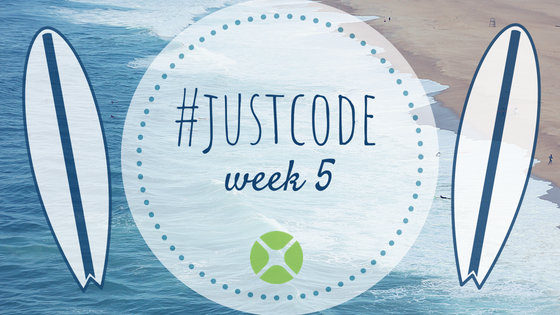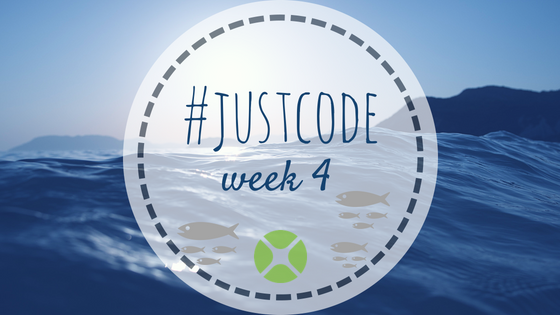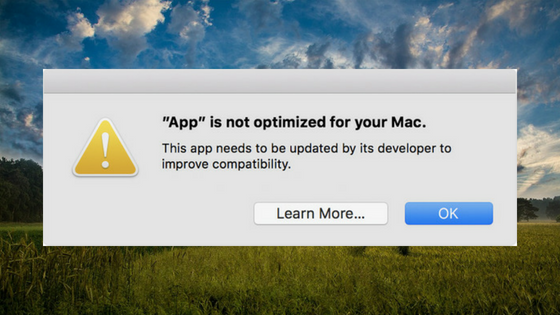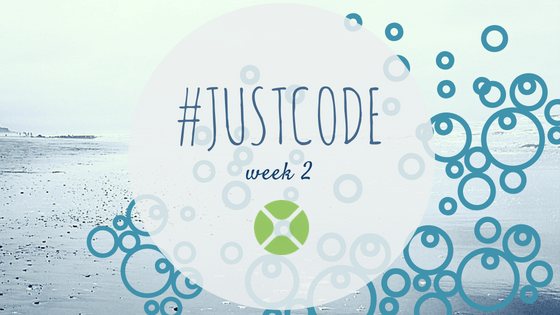For this week’s app, I created a simple iOS app where you tap on “bubbles” to pop them. This was actually suggested to me by Dana Brown some time ago as something that would make a great diversion for her son. I have found it helpful with some of my younger nieces and nephews.
This iOS app demonstrates the use of a Canvas and the detection of taps. When all the bubbles have been popped, more are added. It never ends!
Comments closed







